Salvia Splendens Any Color Plant
₹372.00 ₹279.00
It is a good nectar plant for hummingbirds, butterflies, and bees, and birds eat the seeds of some species.
Description
Purchase Description
- Salvia Splendens (Any Color) Plant
- Product Material : Natural Plant With Pot , Quantity : 1
- Pot : Height : 5 Inches (13 cm), Pot Colour : Black (Plastic)
- Very easy to maintain and Suitable for gifting to Plant Lovers
Plant Description
It is a good nectar plant for hummingbirds, butterflies, and bees, and birds eat the seeds of some species.
Some varieties, such as culinary sage, are edible to humans as well.
Each species may have slightly different requirements, but basic good care will go a long way to keeping your salvia healthy and beautiful.
Bi colors are also available, with red, rose or salmon colored flowers with white tips.
Plant height: 6 – 8 inches
Plant spread: 4 – 6 inches
Common name(s): Scarlet sage, tropical sage, red Salvia
Flower colours: Any Color
Bloom time: October to March
Max reacahble height: Up to 30 cm
Difficulty to grow: Easy to grow
Planting and care
Plant in average or enriched soil and fertilize as needed.
Over a long season, flowers will drop, leaving a ragged spike. When this happens, cut the plant back. New growth emerges refreshed.
Snails and slugs find salvia to be a delicious treat, especially in moist conditions and when the plants are mulched.
Sunlight: In cooler climates, plant in full sun.
In areas with very hot summers, partial shade, especially in the afternoon, reduces stress.
Soil: Well drained soil, warm soil
Water: Moderately
Temperature: 15 to 35 degrees C
Fertilizer: Plant in average or enriched soil and fertilize as needed
Caring for Salvia splendens
- Most salvia like lots of sun, although a few species tolerate very light shade.
- If your garden does not have adequate drainage, mix stones, gravel or lava rock into the bottom of the hole when you plant your salvia.
- Using a trowel, dig a hole as deep and twice as wide as the pot the salvia transplant is in.
- Loosen the roots of the salvia, spread them out in the hole, and backfill with soil mixed with compost.
- Be sure to water the young plants regularly until they are fully grown so that they don t dry out.
- Prune the heavier, woody stems every spring.
Typical uses of Salvia splendens
Special features: Salvias are prolific and durable bloomers.
They are not bothered by pests.
Disclaimer: The image is for reference purposes only. The actual product may vary in shape or appearance based on climate, age, height, etc.
Only logged in customers who have purchased this product may leave a review.

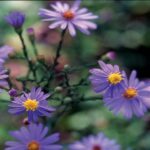

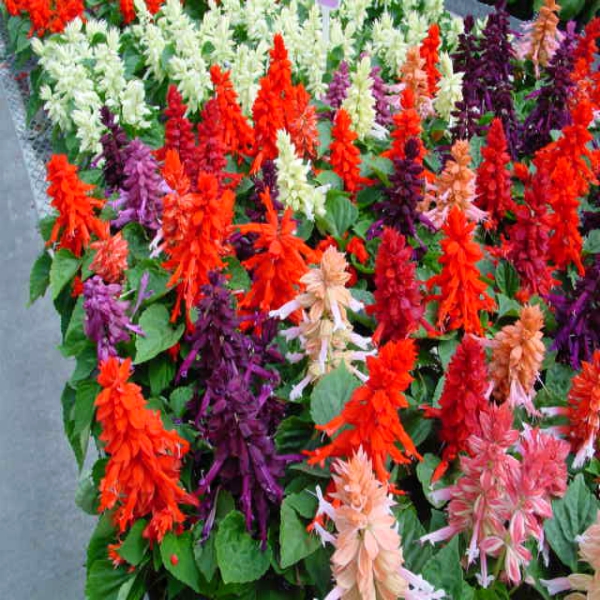
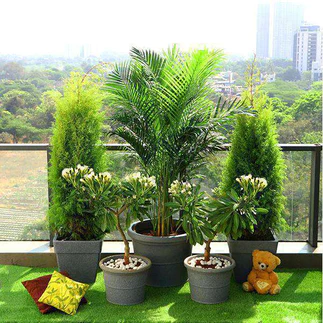
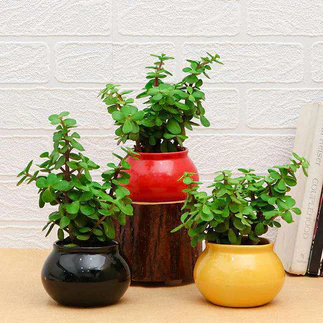
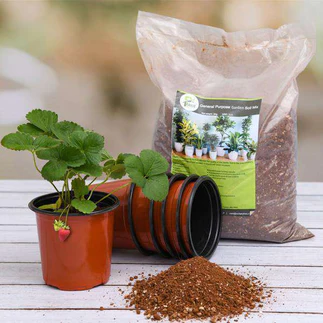
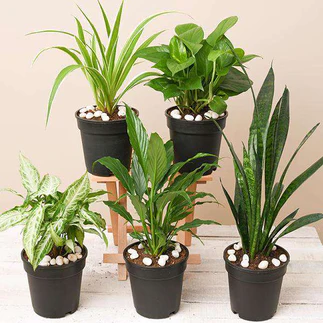
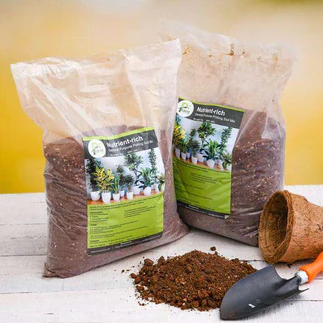
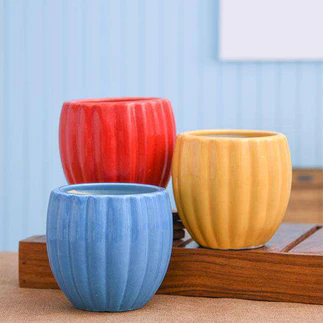
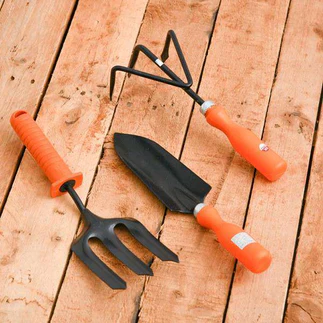
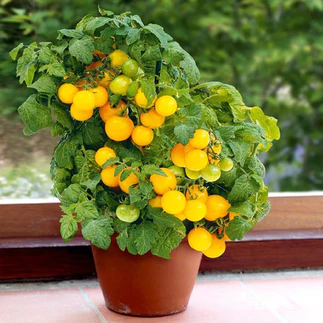
Reviews
There are no reviews yet.